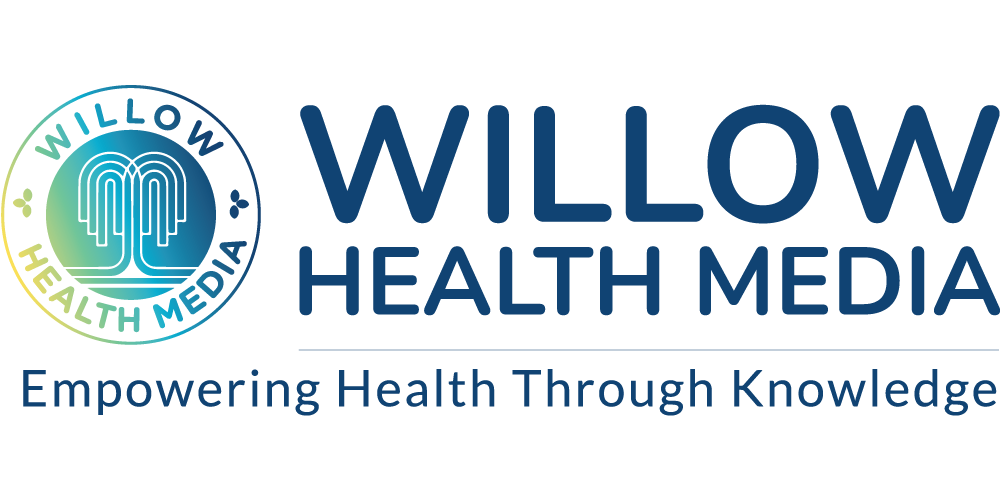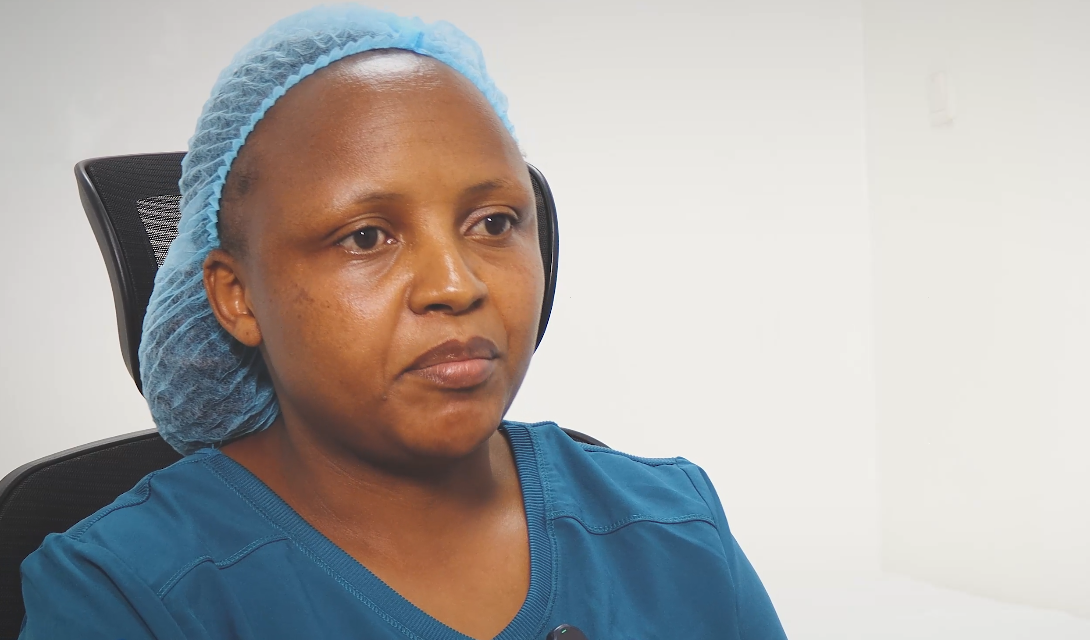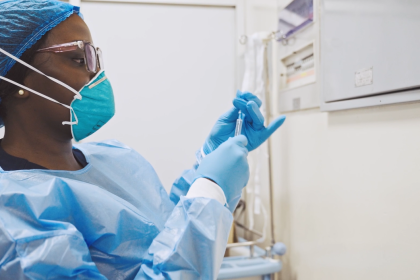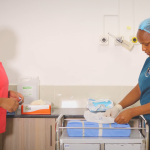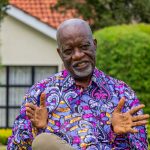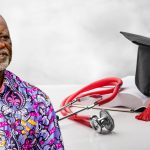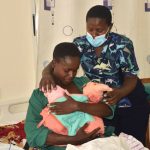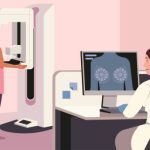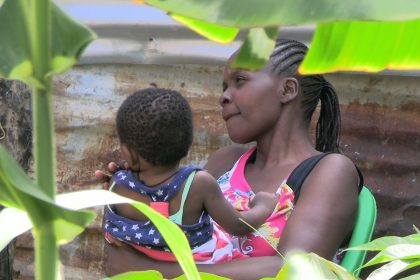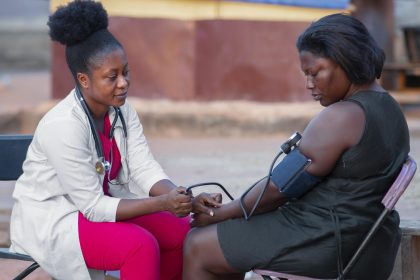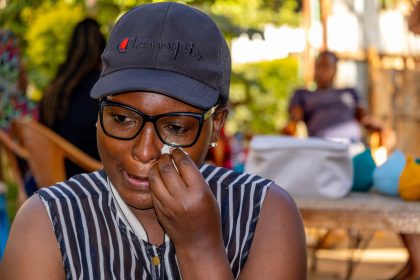“Cancer is not just a physical disease, it affects the entire human being. If you’re in it only for the science, you’ll burn out. It’s the heart that sustains you.” – Naomi Githaiga, brachytherapy nurse
Brachytherapy is a form of radiation therapy where a radiation device is inserted near cancerous tumours to safely deliver high doses of radiation to eliminate and shrink the tumours.
Unlike radiotherapy, brachytherapy allows a medic to use higher doses of radiation than would be possible with external radiation, thus lowering the risk of hurting healthy tissue that is nearby. For this to work effectively, the treatment requires a keen eye, steady hands, and high-level precision.
And this is where Naomi Githaiga comes in. Naomi is a brachytherapy nurse at the Kenyatta University Teaching, Referral and Research Hospital (KUTRRH), whose dedication to cancer care has helped shape the lives of many women facing life-threatening conditions.
Since 2017, Naomi has delivered treatment to tens of patients with cervical and endometrial cancers, two of the most prevalent types of cancer affecting women in Kenya.
“When brachytherapy was introduced to our department, we were mentored and trained. I quickly fell in love with the precision of the treatment. It was rewarding to see how well patients responded,” Naomi says.
Many patients come to hospital with fear, stigma, or misinformation
Her day begins early in the radiation unit, where she oversees not just the physical preparation of patients, but also their psychosocial wellbeing.
“We must ensure patients are emotionally and physically ready for the procedure. Many of them come with fears, stigma, or misinformation. It’s our duty to walk with them,” she adds.
Unlike external radiotherapy, which is more widely known, brachytherapy is a day-care procedure. It requires close collaboration between multiple specialist doctors, nurses, physicists and radiotherapists.
Naomi plays a critical role in the process, assisting with the insertion of the radioactive device, ensuring the patient’s stability, and managing documentation. “Some insertions take just 20 minutes, while others are more complex,” she explains. “After the procedure, patients are taken for a CT scan to aid in treatment planning. Then our team of physicists and doctors finalise the dosage before treatment begins.”
Naomi’s work goes far beyond clinical duties. She is often a counsellor, a teacher, and a steady presence for women confronting one of the most difficult chapters in their lives. From ensuring that all documents are in place to explaining the procedure in simple terms, she provides both clarity and comfort.
“Some of the women don’t even know what brachytherapy is. We educate them. We also face cases where patients are reluctant to proceed. There’s often a language barrier, and in some instances, emergencies like haemorrhaging occur during the procedure,” Naomi says.
Cancer care is emotionally heavy. It takes empathy to stay grounded
Despite these challenges, she finds strength in the positive stories that emerge from the ward as women return with glowing health reports, mothers who feared they wouldn’t live to raise their children, and patients who graduate from despair to hope. But the role is not without its toll.
“Cancer care is emotionally heavy. You carry these patients with you. You hope for their healing as if they were family. It takes empathy to stay grounded,” Naomi says, her voice soft but resolute.
One of the risks of her role is prolonged exposure to radiation. “Being in the brachytherapy unit means working in a high-radiation environment. We take all necessary precautions, but it’s part of the job,” she notes.
To those considering a path in oncology nursing, Naomi offers heartfelt advice: “Be prepared to care deeply. Develop empathy. Cancer is not just a physical disease, it affects the entire human being. If you’re in it only for the science, you’ll burn out. It’s the heart that sustains you.”
As the cancer burden continues to rise globally, especially in low- and middle-income countries like Kenya, professionals like Naomi remain essential in bridging the gap between medical technology and humane care.
Brachytherapy may be about precision and dosage, but for patients at KUTRRH, it is also about trust with on-call nurses like Naomi.
